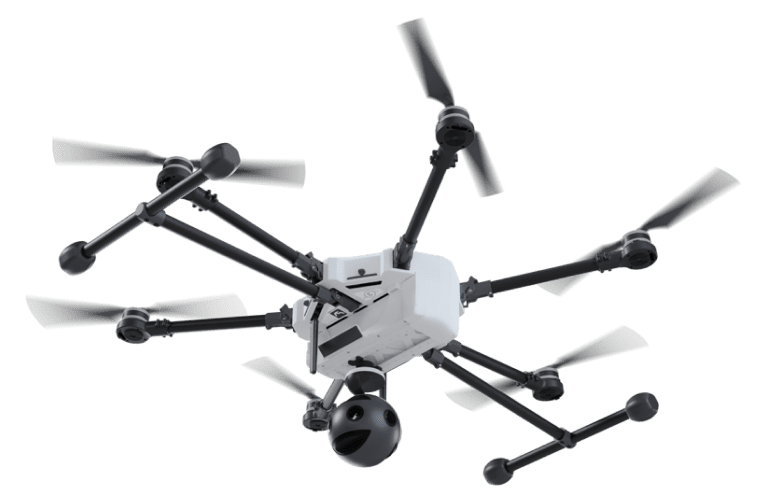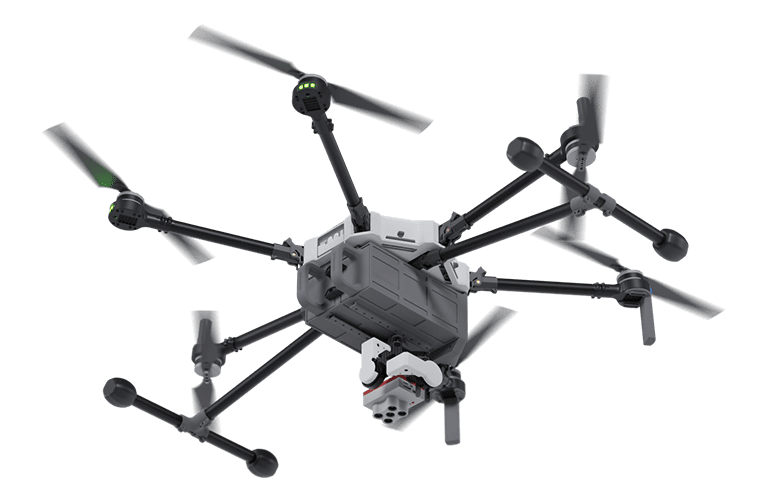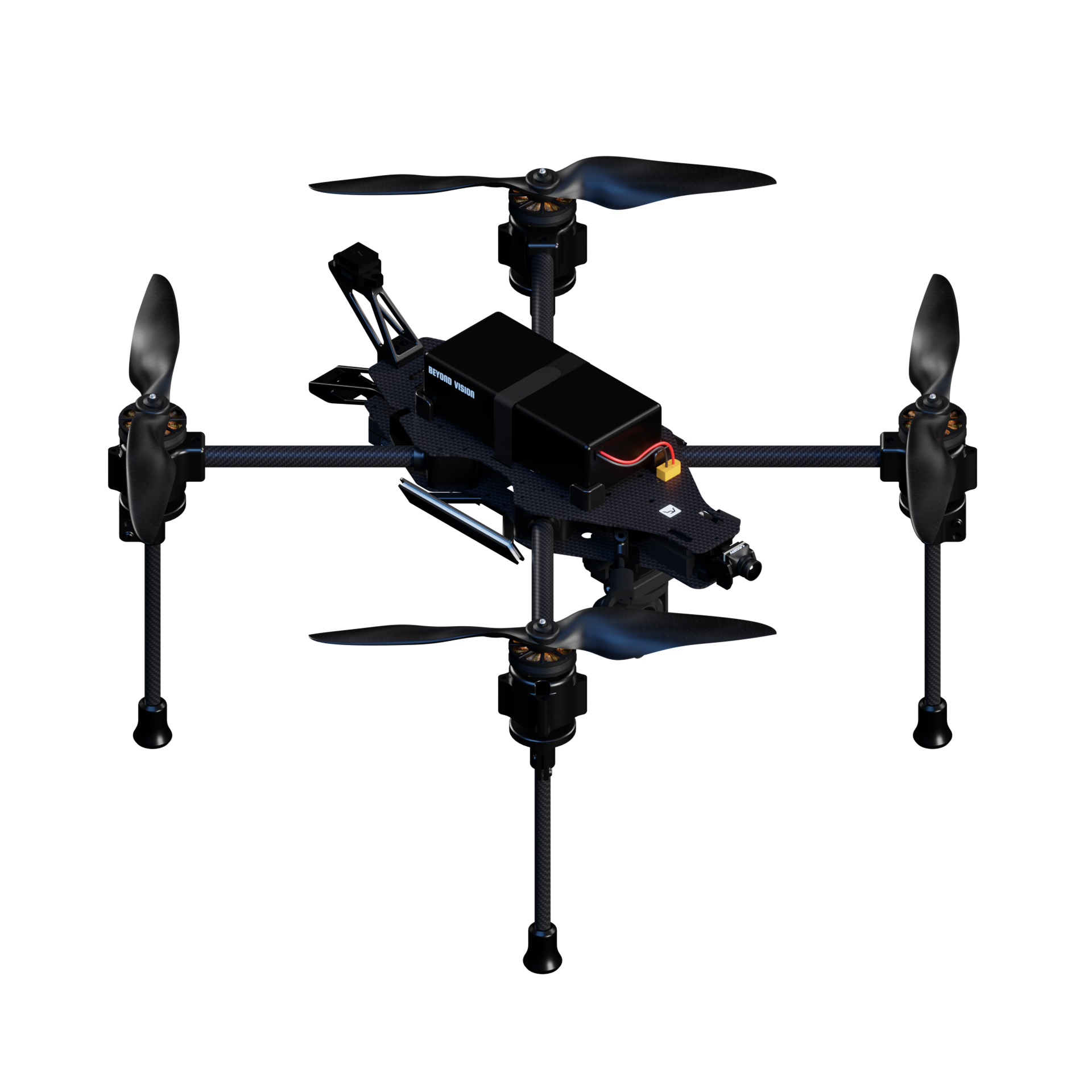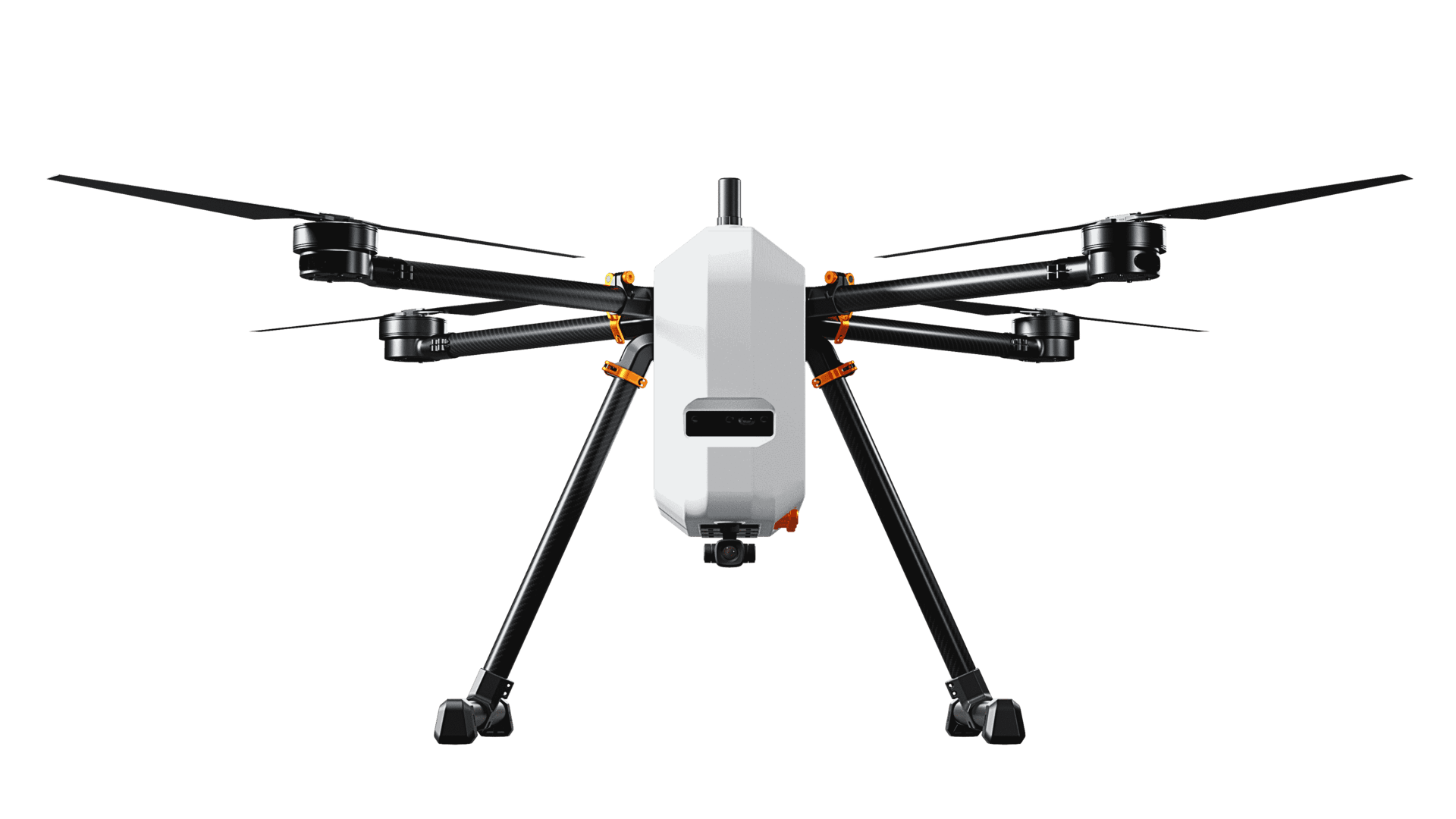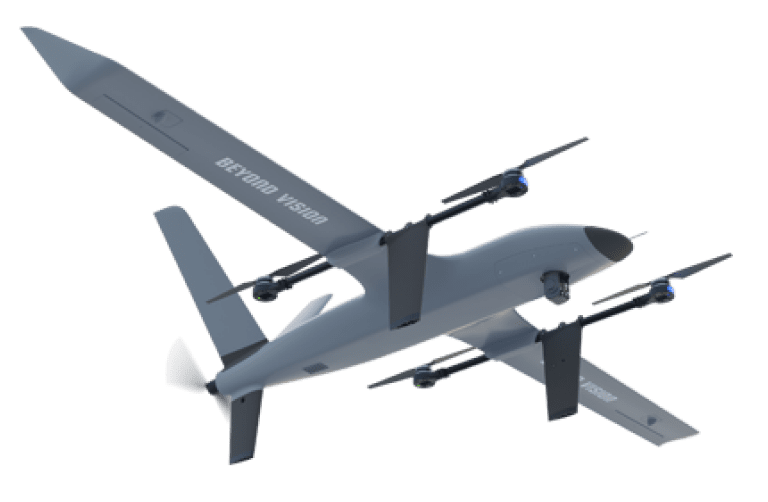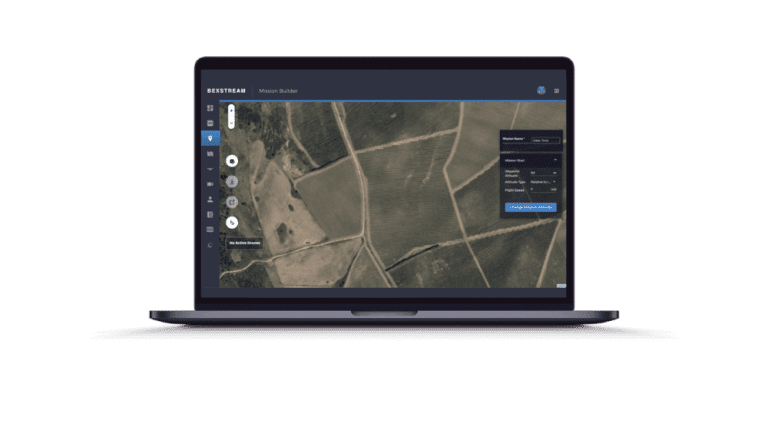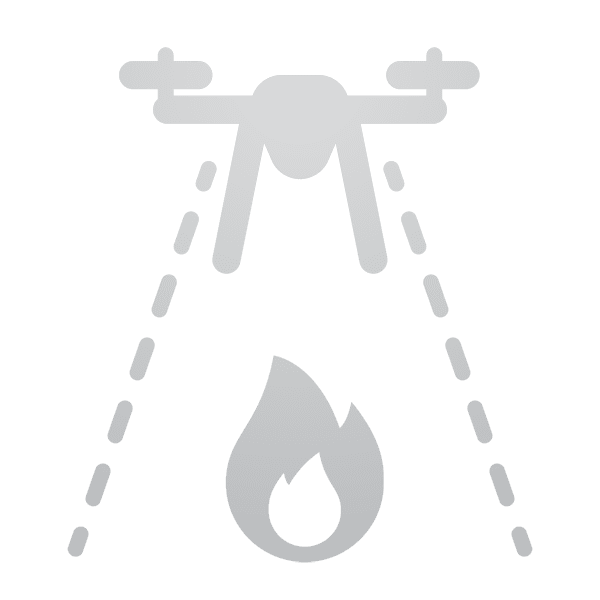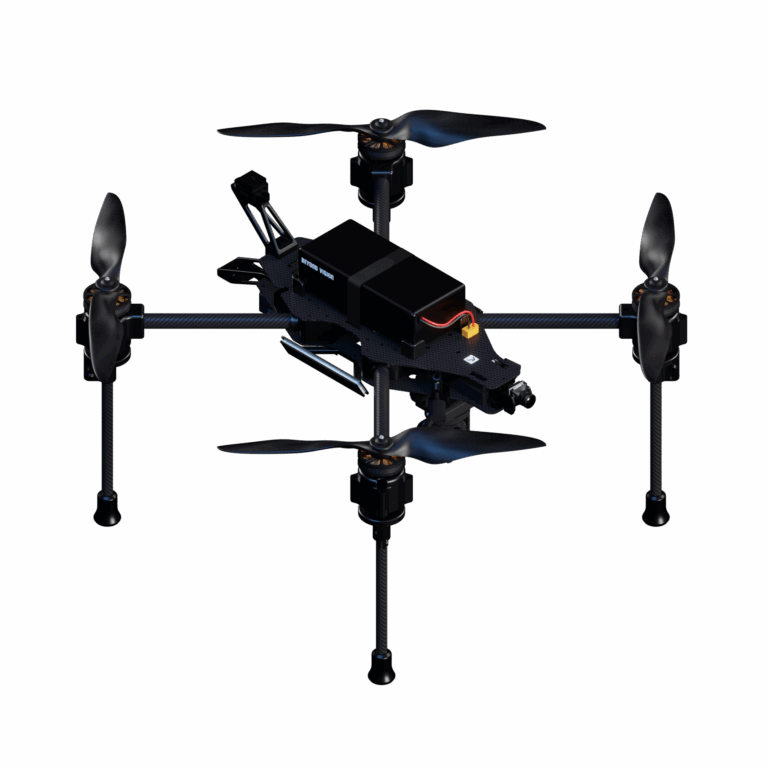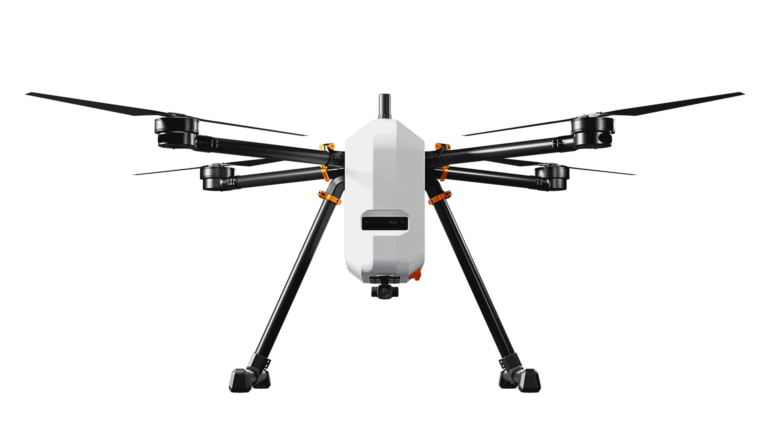Delving Into the Challenge- Why is collision avoidance so crucial?
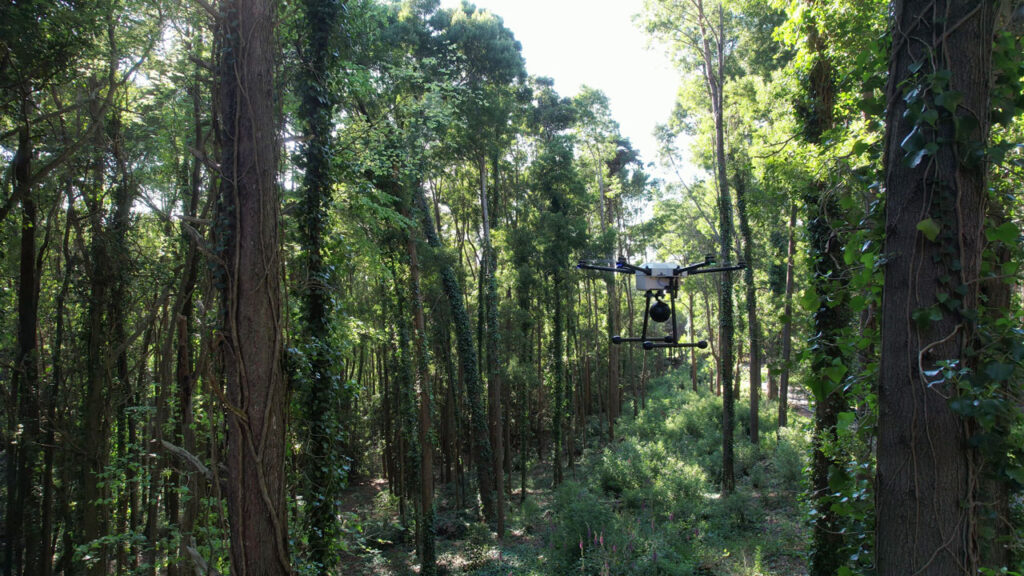
Current Measures to Address Collision Risks
Challenges in current measures
- Sensor Accuracy - The efficacy of collision avoidance systems heavily relies on the accuracy and reliability of onboard sensors. However, variations in sensor quality and performance can lead to discrepancies in detecting and responding to obstacles accurately.
- Human Errors - Despite advancements in automation, human operators still play a crucial role in UAV operations. Errors in piloting, such as misjudging distances or failing to react promptly to warnings, can contribute to collision incidents.
- Regulatory Loopholes - The regulatory framework governing UAV operations is continuously evolving but may still contain gaps or ambiguities. These loopholes can create challenges in enforcing safety standards uniformly across different jurisdictions and operational contexts.
The Collision Avoidance Algorithm
Amidst these challenges, our research suggests a solution to transform collision avoidance in UAVs. At the core of our innovation lies the Collision Avoidance Algorithm, a sophisticated fusion of Neural Network Pipeline (NNP) components. This advanced algorithm incorporates Convolutional Neural Network (CNN), Recursive Neural Network (RNN), and Feed-forward Neural Network (FNN) elements to enable swift detection and response to dynamic obstacles encountered during flight.
Utilizing Object Trajectory Estimation (OTE) Algorithm
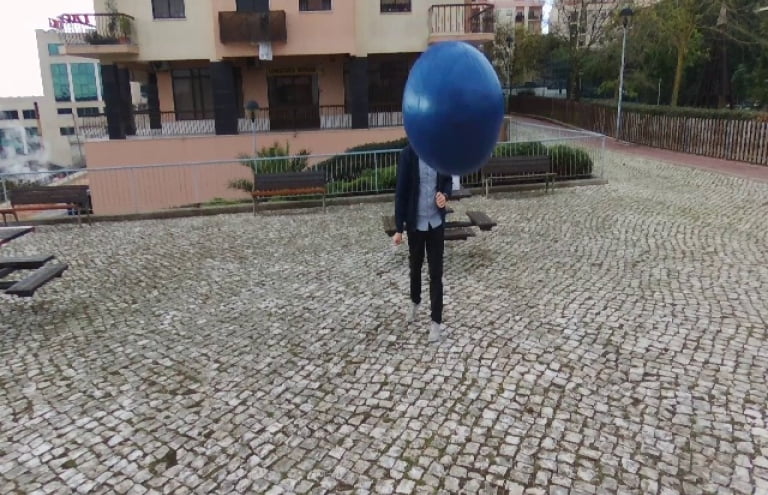
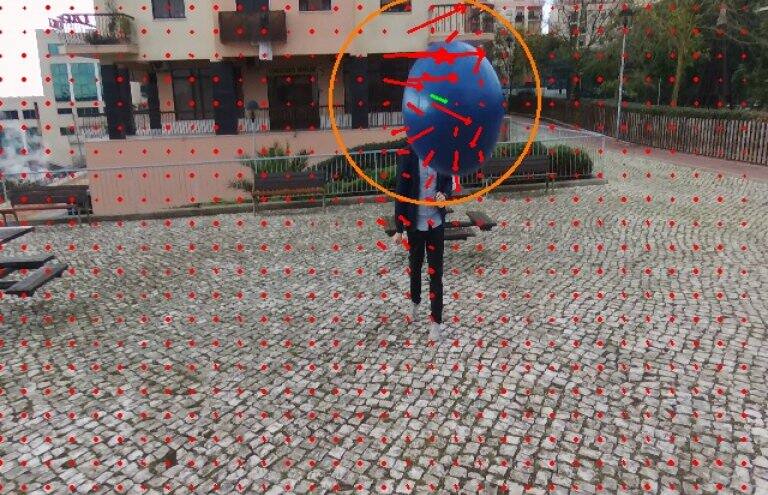
Advancements by the Collision Avoidance Algorithm and OTE Algorithm
- Enhanced Detection Capabilities - The Collision Avoidance Algorithm leverages a sophisticated fusion of neural network components, including Convolutional Neural Networks (CNN), Recursive Neural Networks (RNN), and Feed-forward Neural Networks (FNN). This integration enables the UAV to perceive and interpret its surroundings more accurately, enhancing its ability to detect and classify potential collision hazards in real-time.
- Dynamic Response Mechanisms - Beyond mere detection, the algorithm facilitates swift and adaptive responses to dynamic obstacles encountered during flight. By continuously analyzing input data and predicting future trajectories, the UAV can proactively maneuver to avoid collisions, even in complex and rapidly changing environments.
- Precision through Optical Flow Analysis - The partnership with the OTE algorithm further augments collision avoidance capabilities by harnessing optical flow analysis. This technique enables the UAV to estimate the motion of objects in its vicinity more precisely, thereby improving the accuracy of trajectory prediction and collision risk assessment.
- Comprehensive Dataset Generation - Collaboration with the OTE algorithm also contributes to the generation of a comprehensive dataset encompassing various collision scenarios. This dataset serves as valuable training data for refining and optimizing the Collision Avoidance Algorithm, fostering continuous improvement in UAV safety technology.
Summary
Key Points
-
Importance of Collision Avoidance
- Crucial for seamless drone integration into urban landscapes.
- Minimizes risks and ensures efficient operations. -
Challenges Faced
- Moving objects like other UAVs, debris, and birds pose significant obstacles.
- Swift detection and response are necessary to avoid collisions effectively. -
Current Measures
- Technological solutions and regulatory measures have been implemented.
- Limitations exist due to factors like sensor accuracy, human errors, and regulatory loopholes. -
Introduction of New Risks
- Emerging technologies like autonomous drones and urban air mobility vehicles complicate airspace management and collision avoidance. -
The Collision Avoidance Algorithm
- Utilizes a fusion of Neural Network Pipeline (NNP) components, including CNN, RNN, and FNN.
- Enables detection and response to dynamic obstacles during flight. -
Object Trajectory Estimation (OTE) Algorithm
- Partners with the OTE algorithm utilizing optical flow analysis.
- Enhances precision in collision avoidance and contributes to generating a comprehensive dataset for further research.
Related Questions
While they’ve made progress, factors like sensor accuracy, human errors, and regulatory gaps undermine their efficacy, highlighting the need for continuous improvement.
The algorithm incorporates CNN, RNN, and FNN elements within a Neural Network Pipeline to detect and respond to dynamic obstacles encountered during flight.
